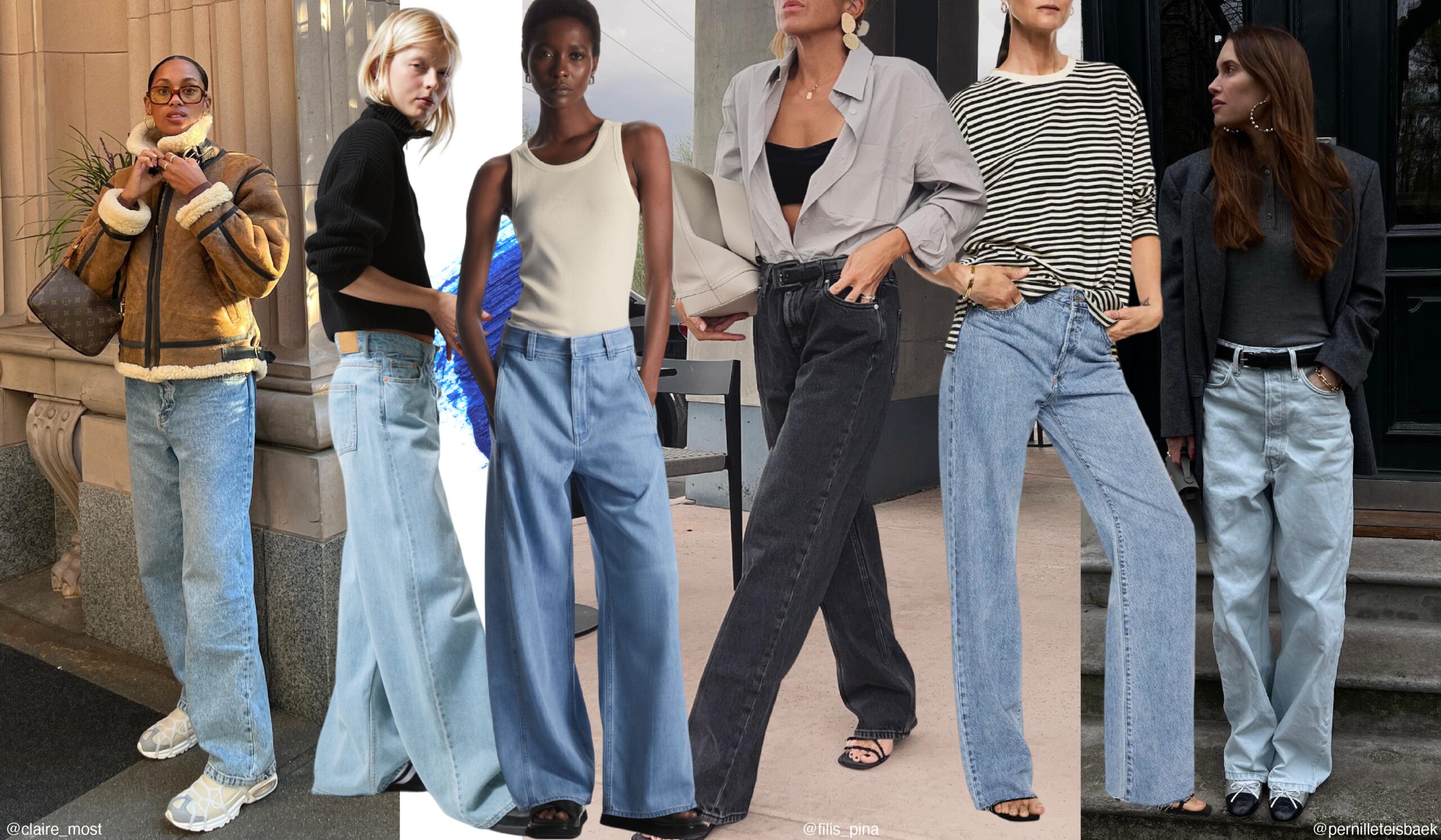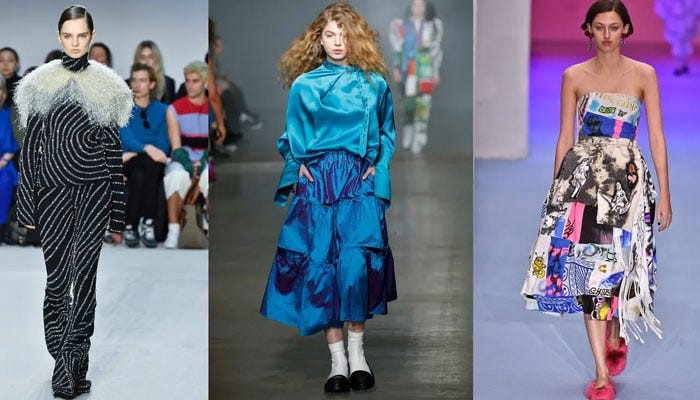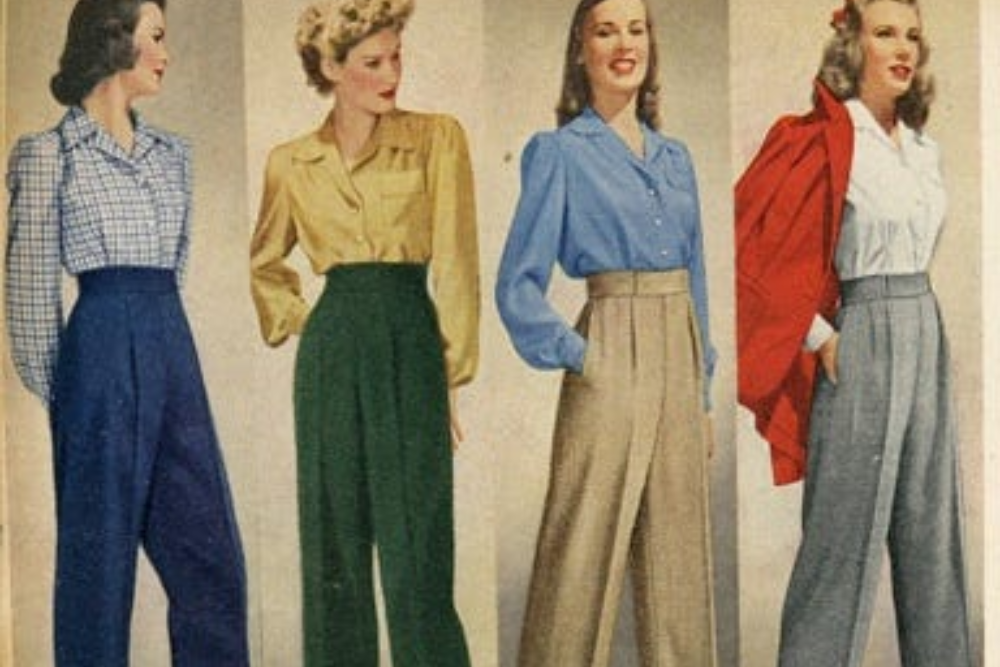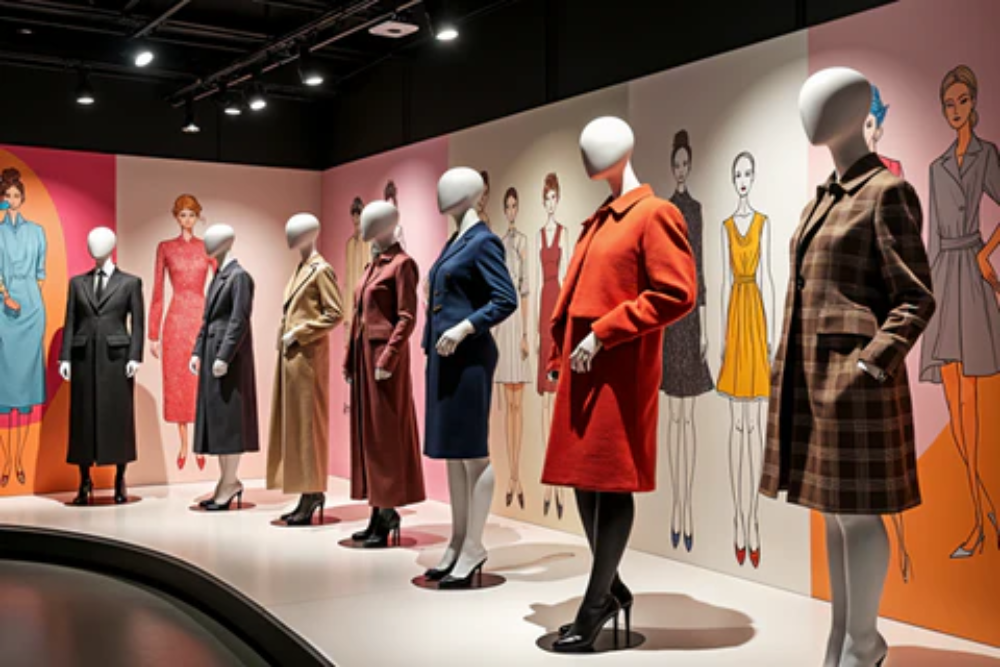Introduction
Fashion is a dynamic industry, constantly evolving to reflect cultural shifts, technological advancements, and consumer preferences. In recent years, technology has played an increasingly pivotal role in forecasting fashion trends, enabling brands to anticipate consumer desires with unprecedented accuracy. This article delves into the various technological tools and methodologies employed in fashion trend forecasting, examining their impact on the industry and the future of fashion.
- The Role of Artificial Intelligence in Trend Forecasting
Artificial Intelligence (AI) has revolutionized the fashion industry by providing data-driven insights into emerging trends. AI algorithms analyze vast amounts of data from various sources, including social media platforms, e-commerce sites, and fashion shows, to identify patterns and predict future trends.
- Heuritech: Utilizes AI-based visual recognition technology to analyze over 3 million social media images daily. Their platform detects over 2,000 fashion attributes, such as colors, fabrics, and silhouettes, providing brands with predictive insights into consumer preferences .
- Trendee: Employs large language models and multimodal AI to monitor over 100,000 micro-trends from platforms like Instagram, TikTok, and Pinterest. Their FashionLLM model boasts a 95% accuracy rate in trend forecasting . These AI-driven platforms enable brands to make informed decisions about design, production, and marketing strategies, aligning their offerings with anticipated consumer demand.
- Big Data Analytics and Consumer Behavior
Big data analytics involves the examination of large datasets to uncover hidden patterns, correlations, and trends. In fashion, big data analytics is employed to understand consumer behavior, preferences, and purchasing patterns.
- E-Commerce Insights: By analyzing data from online shopping behaviors, such as browsing history, cart additions, and purchase frequency, brands can identify trending products and predict future demand .
- Agile Retail: This model leverages big data to anticipate consumer needs and manage efficient production cycles. By analyzing real-time data, retailers can quickly adapt to changing consumer preferences and reduce overstock .
Big data analytics empowers brands to create personalized shopping experiences, optimize inventory management, and reduce waste, contributing to more sustainable fashion practices.
- Social Media Monitoring and Sentiment Analysis
Social media platforms serve as real-time barometers of public opinion and cultural trends. Monitoring social media activity allows brands to gauge consumer sentiment and identify emerging fashion trends.
- Sentiment Analysis: By analyzing posts, comments, and hashtags on platforms like Twitter, brands can assess public sentiment toward specific styles, colors, or designers. For instance, a surge in positive sentiment toward a particular fashion item may indicate its potential to become a trend .
- Influencer Impact: Influencers play a significant role in shaping fashion trends. AI tools track their posts, collaborations, and audience reactions to measure the impact of specific styles and items . By leveraging social media monitoring and sentiment analysis, brands can stay attuned to consumer preferences and swiftly adapt to emerging trends.
- Virtual and Augmented Reality in Trend Visualization
Virtual and Augmented Reality (VR and AR) technologies have transformed the way fashion trends are visualized and experienced.
- Virtual Dressing Rooms: These platforms allow consumers to try on clothes virtually, using 3D avatars that replicate their body measurements. This technology provides brands with insights into consumer preferences and helps in trend forecasting .
- AR Fashion Shows: Augmented reality enhances fashion shows by overlaying digital elements onto physical garments, allowing designers to showcase their collections in innovative ways. This fusion of technology and fashion provides consumers with immersive experiences and insights into upcoming trends.
VR and AR technologies enable brands to create interactive and engaging experiences, enhancing consumer engagement and providing valuable data for trend forecasting.
- Machine Learning and Predictive Analytics
Machine Learning (ML) and Predictive Analytics are subsets of AI that focus on making predictions based on historical data.
- Trend Prediction Models: By analyzing historical sales data, seasonal patterns, and consumer behavior, ML algorithms can predict future fashion trends. These models help brands anticipate demand and adjust their strategies accordingly.
- Supply Chain Optimization: Predictive analytics aids in optimizing supply chains by forecasting demand and identifying potential disruptions. This enables brands to maintain efficient operations and meet consumer demand promptly.
Machine Learning and Predictive Analytics provide brands with the tools to make data-driven decisions, enhancing efficiency and responsiveness in the fashion industry.
- Ethical Considerations and Challenges
While technology offers numerous benefits in fashion trend forecasting, it also presents ethical considerations and challenges.
- Data Privacy: The collection and analysis of consumer data raise concerns about privacy and consent. Brands must ensure that they adhere to data protection regulations and respect consumer privacy.
- Sustainability: The rapid pace of trend forecasting can lead to overproduction and waste. Brands must balance the desire for quick responses with the need for sustainable practices.
- Bias in Algorithms: AI algorithms can perpetuate existing biases present in the data they are trained on. It’s crucial for brands to ensure that their models are fair and inclusive.
Addressing these ethical considerations is essential for the responsible use of technology in fashion trend forecasting.












